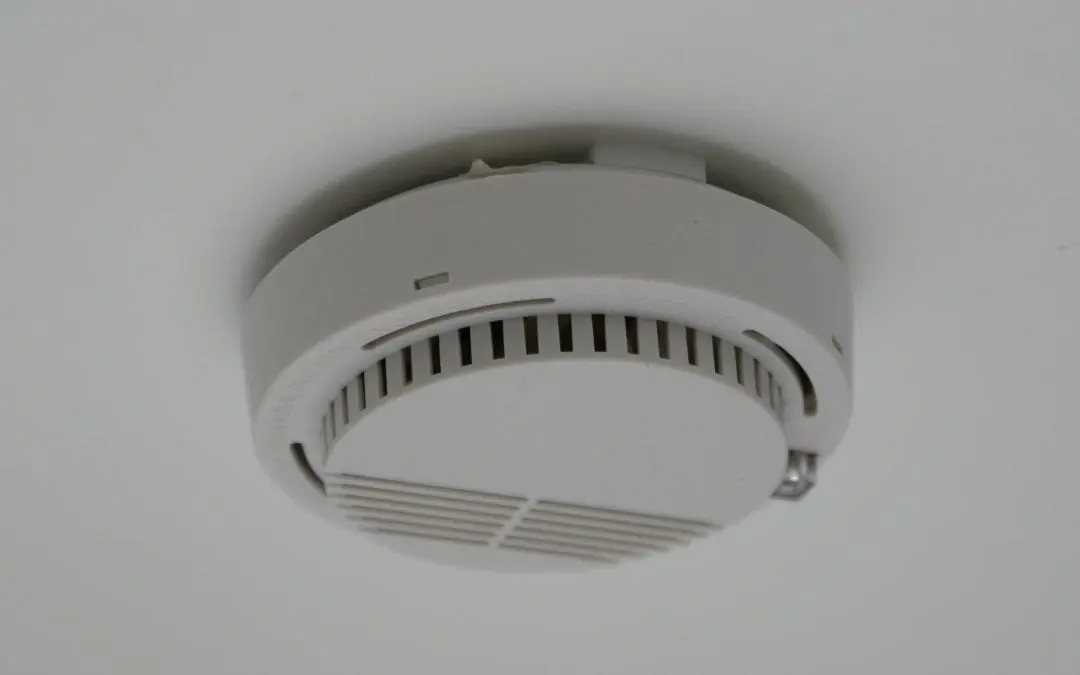Installing smoke detectors throughout your home, testing them regularly, and replacing the batteries are essential fire-safety steps. In this article, learn more about the guidelines for home smoke detector placement so you can best protect your family in case of a fire.
What You Need to Know About Home Smoke Detector Placement
The smoke detectors in your home are designed to emit a loud noise when smoke is present. Their ability to alert you of a potential hazard in a timely manner is dependent on where they are located. Smoke will build up behind a closed door, so if a detector is located on the other side of that closed door, it may not detect smoke until it is a serious threat.
Use these guidelines for home smoke detector placement to keep you and your family safer in the event of a fire.
1. In and Near Bedrooms
Bedroom doors are often closed. While this can slow the spread of smoke and flames, it also means that smoke detectors should be located both inside the bedroom and in hallways outside bedroom doors. Each bedroom should have a smoke detector installed on or near the ceiling. You might only need one in a shared hallway outside a group of bedroom doors.
2. At Least One Detector Per Floor
In 2-story homes and in homes with a basement or an attic, installing a smoke detector at each level is essential. Smoke detectors on each floor will alert you to the presence of fire no matter which floor it develops on.
3. Close to the Kitchen
Because of cooking and baking in the kitchen, fires most commonly occur in this area. However, when smoke detectors are placed too close to your cooking appliances, you increase the chance of false alarms. To prevent false alarms and still be alerted promptly if a fire starts in the kitchen, install smoke detectors 10 feet away from your stove and other cooking appliances.
4. A Higher Elevation
Smoke rises and will billow up around the ceiling before it begins filling the lower level of a room. Because of this natural tendency of smoke to rise, all smoke detectors should be placed on the ceiling or high on a wall so they’re close to the ceiling. To prevent airflow from blowing smoke away from the device and delaying an alarm, avoid placing smoke detectors near HVAC vents.
Because seconds matter during a house fire, proper home smoke detector placement is important. Review the placement of your detectors and make sure they follow these guidelines. Also, consider investing in several carbon monoxide detectors as an extra safety step. These should be placed on every floor in hallways and in bedrooms and the kitchen.
J.W. Goad Home Inspections provides home inspection services to Clarksville and the surrounding communities in Tennessee and Kentucky. Contact us to schedule an appointment.

